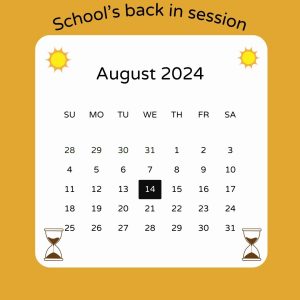Are people of color represented at VHS?
In the “other races” category there are a total of 13 races according for 130 students. This information was given to The Cougar Press by principal Marissa Cervantes. Infographic by: Rachel Gonzalez
March 25, 2022
Ventura’s staff to student ratio doesn’t add up
Comparing the student population to the staff population at VHS, the African American VHS community is almost equal with staff being two percent and students being 1.98 percent. However, this is not the case with most of the races at VHS. For example, 66 percent percent of the staff are caucasian while only 37.93 percent of students are caucasian, 27 percent of staff are Hispanic while 55.93 percent of students are Hispanic.
Senior Jayla Ramirez said, “To my knowledge, I have never had a Hispanic teacher throughout my time in the VUSD. Because of this, I have more white role models at school.”
Sophomore Alejandra Sanchez said, “I do think VHS is generally diverse. I’m aware that the majority of students are white but I think there’s enough students with varying ethnicity/race to consider VHS decently diverse.”
Sanchez further stated that, “It’d be nice to see Latinx teachers as science, English, and math teachers […] It would make Latinx students like me feel more academically capable I guess. This also leads to students later being more comfortable towards differences in people.”
Barbara “Bobbie” Richards is a SAP counselor at VHS as well as the advisor of the Black Student Union. When asked if she believes that VHS is a diverse campus she said, “No I do not. Absolutely not. It never has been. There have always been four at the most [African American staff].”
To Richards, it is important to have a diverse staff. She said, “Everyone would like to see someone like them when they are on the school campus or anywhere so they feel a sense of ownness, a sense of pride, a sense of belonging. So I think it is important to have staff […] so students can feel that there is someone like them. Which would bring them to a comfort zone of sorts.” She continued, “It would be very important on both ends, staff on campus as well as students on campus, to be very diverse because that is what the world is. That is what America is. I don’t think it’s just. I don’t think we are doing our job as for academia if we are not preparing our students for that as they go on to the next level of their lives.”
The problem is much bigger than VHS. Richards believes that Ventura isn’t a diverse city. She said, “Looking through my lens, as far as African Americans, no [Ventura is not diverse]. We didn’t feel, my family didn’t feel welcomed. It is all so subtle but when you have been a part of microaggressions for so long you recognize it right away. We learn to deal with it and live with it.”

Systemic or institutional racism, according to the California State Legislature means, “The ways in which policies and practices perpetuated by institutions, including governments and private groups, produce different outcomes for different racial groups in a manner that benefits the dominant group.”
Microaggressions come from miseducation and misunderstanding. Richards said, “When I meet someone they are either going to love me or hate me. The hate part comes when they don’t understand me. The hate part might come in because I sound too abrupt.” She explains, “When someone says, you don’t have to get so hostile. It’s a microaggression; the angry black woman. […] I had to learn to hold my tongue, stay quiet. If you say something they’re going to think you’re being an angry woman.”
Growing up Richards had primarily had American African teachers. She said, “There were other cultures, other races, of teachers on campus […] there were so many that I could relate to skin-wise and experience-wise.” She concluded, “Maybe that wasn’t right either but that was my experience.”
Jacqueline Kim is one of two female math teachers at VHS, the other being Carmen Lange. Kim is of Korean descent. Kim said, “I definitely think it’s pretty diverse in the campus, but among the staff, there is little diversity. I feel like the staff could be more diverse.” Kim went on to further say, “Diversity is really important in the idea that you want to be exposed to a variety of different backgrounds and a bunch of different stories; I think being exposed to a variety of different cultural values and ideas is part of what makes human beings compassionate.”
She continued, “I hear a lot of people saying I don’t see color and that’s insulting in a way because my cultural identity is a big part of myself and if you’re saying you don’t see that then you’re not seeing all of me.”
Growing up Kim remembers being one of the few Asian kids in elementary school. She said, “In fifth grade, there was a girl that transferred from Korea into my class and that was really exciting for me. Except for in church, I had never been classmates with a Korean person before. I remember a lot of kids did not understand what it meant to be Korean. Kids tended to make fun of Korean culture.”
Kim said, “I have always been in the minority so I am kind of used to it. It makes me wary of the things I share about my culture. I have to explain things more in-depth than if I was talking to my Korean peers.”
She believes it’s important for students to grow up with role models whom students can identify with but also have some who are different from them.”I think VHS should hire people who are best for the job but I also think that that entails hiring people with a variety of different backgrounds. […] I think the more variety we have the more kids can reach out and see what being a human is. [Students] can relate to you more if you share a background. For example, I know that I am one of two female math teachers so I know that I am a role model for girls who want to become STEM majors. Having role models that look like you is important especially if you’re not used to that growing up,” said Kim.
Principal Marissa Cervantes said, “I love the hiring process and the opportunity to hire strategically based on-site needs. Recruiting/hiring diverse teachers is a priority and crucial to our student population. Students and teachers should be able to see themselves in each other in creating diverse learning experiences.”



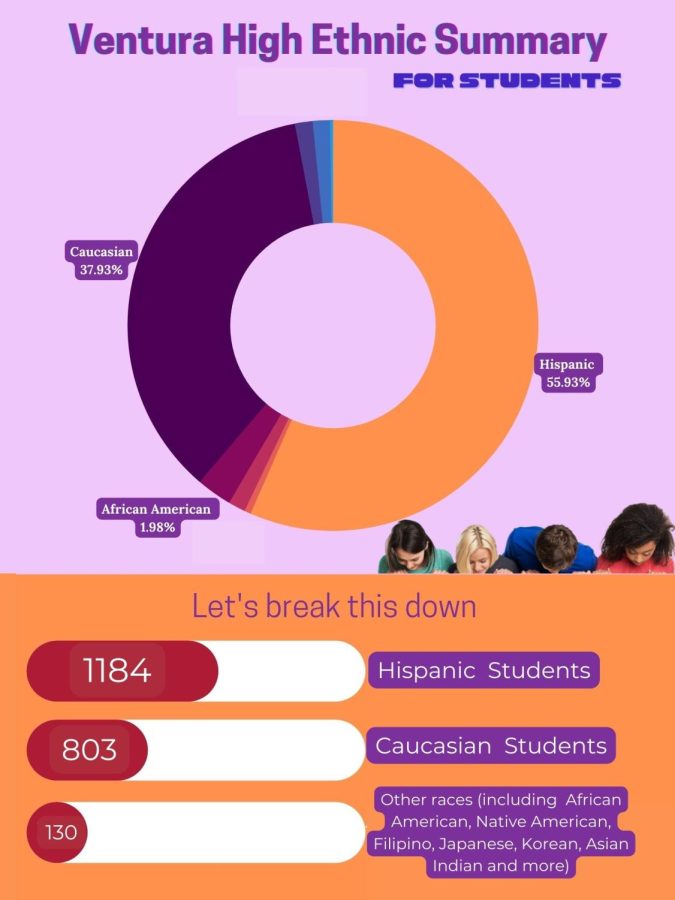
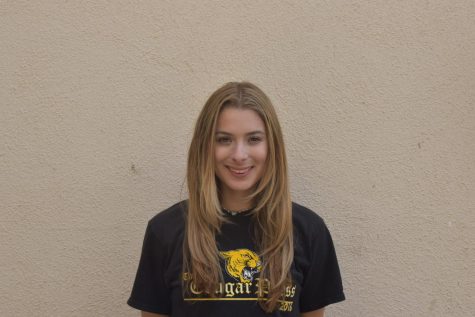
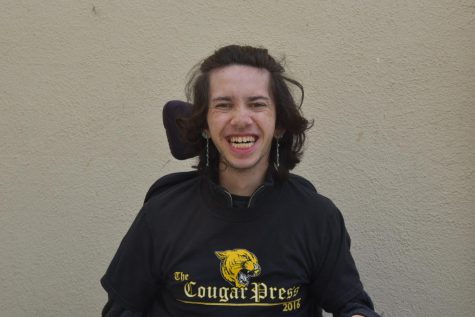
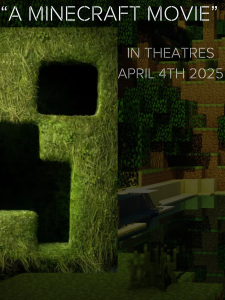
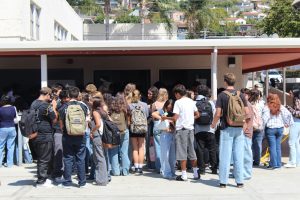

![Lindsay Guzik, new assistant principal said, "I am settling in [at VHS] pretty well. I know a lot of the students, so that makes it a little bit easier coming from Cabrillo, and it's been nice to see them all grown up." Photo by: Abraham Kassa](https://thecougarpress.org/wp-content/uploads/2025/09/IMG_9728-300x200.jpg)
